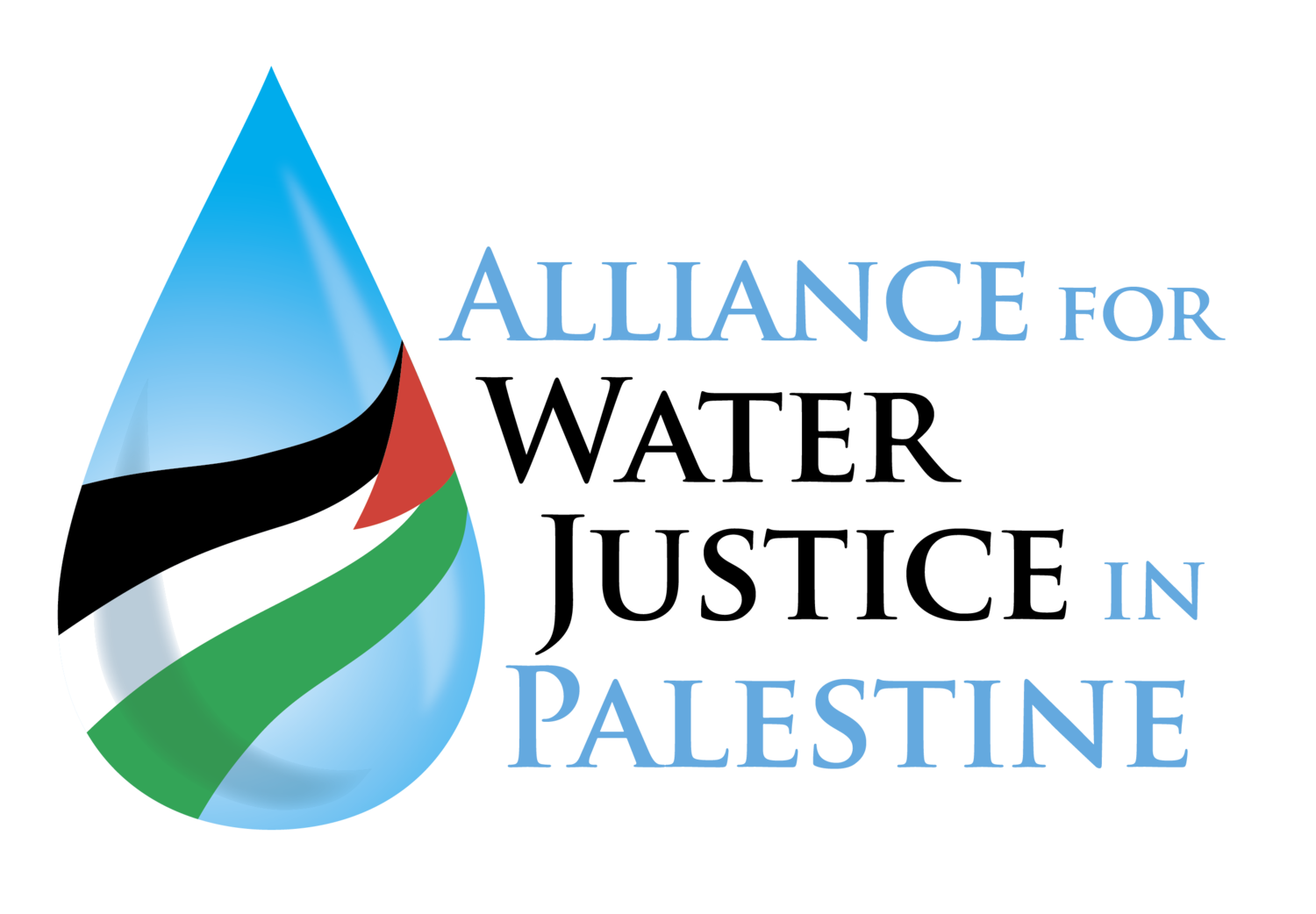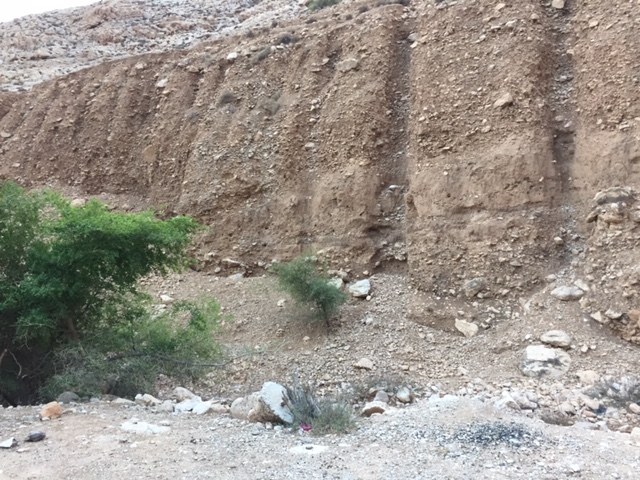Pumping the West Bank Dry
A day after participating in the New Canaan Olive Harvest Festival we had the opportunity to try out our own olive picking skills in Asira Shamalya, a small village near Nablus.
There we joined members of the Yasin family, who gave us instructions on how to shake the trees and gather up and pack the olives that rained down from their branches onto sheets be-low. We had lunch with the family under the trees, in a bucolic landscape in which not a single settlement could be seen - a rarity these days in Palestine.
Farmers in Asira Shamalya might not have to ward off marauding settlers at harvest time as they do in so many areas of the West Bank, but even here agriculture is on life support. We were told that the olive harvest has been impacted by a shortage of water.
Each tree needs at least a cubic meter of water annually to thrive. But rains have been diminishing and farmers are rarely granted the permits they need if they want to dig wells deeper than 45 meters - a level which does not enable them to access water that has been sucked from the West Bank’s Mountain Aquifer by the Israeli National Water Carrier Mekorot and settler wells with no depth restrictions.
Practically everywhere we traveled in the West Bank we heard about a water crisis that has forced farmers off their land. Farm land which has not been cultivated for three consecutive years is considered neglected, and can be seized by Israel and turned into ‘state land.’
The result? Now only 3 percent of the Palestinians in the West Bank are engaged in agriculture. Before the Occupation, more than half the population made their living from the land.
The picture is particularly stark in the Jordan Valley, once the West Bank’s bread basket. Now much of it has been sucked nearly dry by 12 major Israeli wells and Mekorot pumping stations supplying Israeli settlement greenhouses and farms. Most of the Palestinian communities in the Jordan Valley have been declared part of ‘Area C’ where building of any kind is forbidden. Many existing structures have demolition orders.
We visited the site of what had been a major Palestinian water source, the Al-Ouja spring. So plentiful was its volume of water, we were told, that people would come from elsewhere in the West Bank to gaze on the waterfalls carved into the arid landscape, and have picnics on the banks of its mighty stream.
Now no water can be seen and the spring is totally dry. Israeli settlements are served by a Me-korot pumping station that pumps 2,000 cubic meters of water per hour from a depth of over a thousand meters. Palestinians in the Jordan Valley, including in the city of Jericho, are forced to buy their water back from Mekorot at a rate 6 times higher than the amount Israelis pay.
The Mekorot pumping station may look fairly insignificant, but it is in fact an engine of Palestini-an dispossession and environmental devastation. It has increased the desertification of the land, made it impossible for the Bedouin in the region to keep their flocks fed and watered and killed once-flourishing agriculture on Palestinian farms.
Sooner or later Israeli farms too are bound to become unsustainable, as Mekorot pumps the West Bank aquifer dry.
Nancy Murray
Alliance for Water Justice in Palestine
Mekerot Pumping Station.
Dried up stream.


